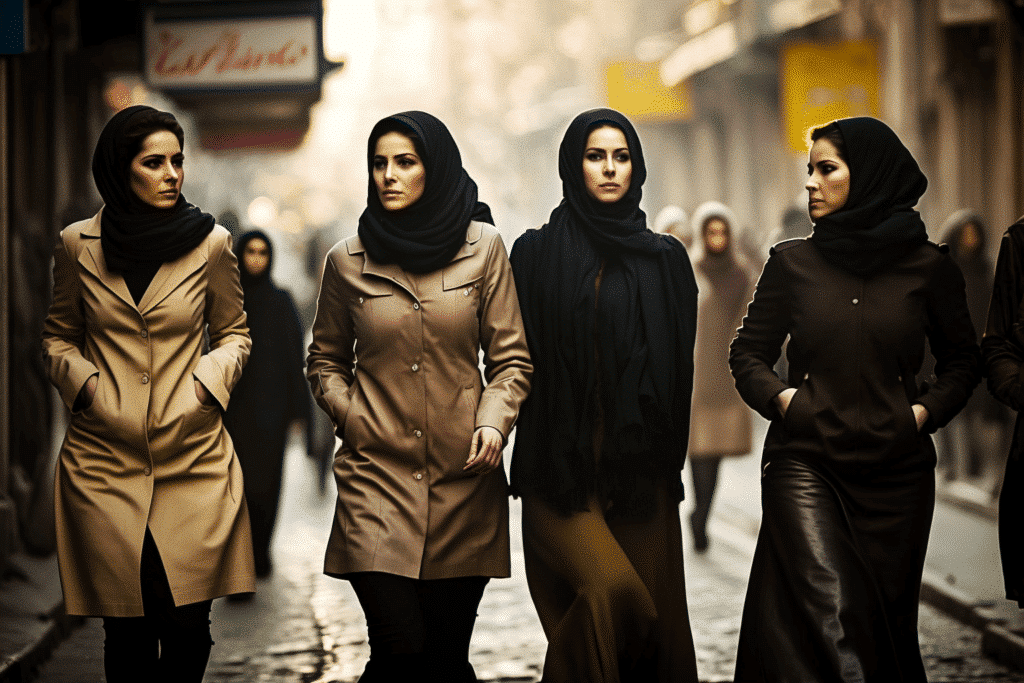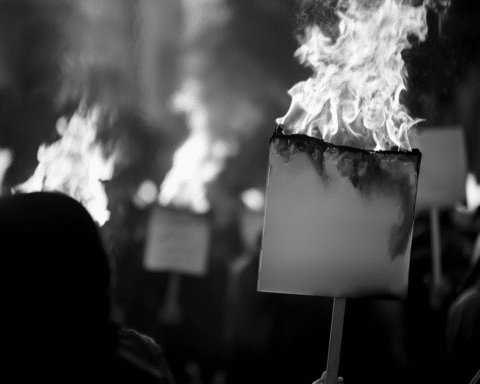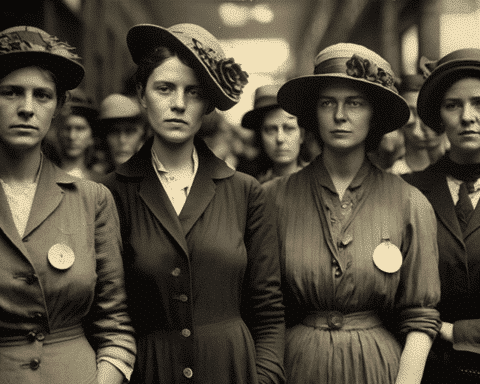Officials have announced that Iranian authorities have started installing cameras in public places to identify women not wearing veils.
Police said women not covering their hair will receive “warning text messages about the consequences.” This measure is intended to help counter “resistance against the hijab law.”
This follows protests last year after Mahsa Amini, a young Kurdish woman, died in police custody. She was arrested for allegedly violating the hijab rule.
Since Amini’s death, many women have stopped wearing veils in Iran, particularly in larger cities, despite the risk of arrest.
In an official statement, the Islamic Republic’s state news agency reported that the system uses “smart cameras” and other tools to detect and warn violators of the hijab law.”
A hijab has been legally required for women since 1979 when the Islamic Revolution implemented a strict interpretation of religious law.
Women who break this law may face fines or arrests.
In a weekend police statement, the veil was described as “one of the foundations of Iranian civilization.” Business owners were urged to respect the rules through “diligent inspections.”
The Hijab, a “Religious Necessity”
Iran’s President Ebrahim Raisi stressed wearing the hijab as a “religious necessity.”
However, Iran’s judiciary chief, Gholamhossein Mohseni Ejei, cautioned that an extensive crackdown might not be the most effective way to encourage women to comply with the rules.
“The solution to cultural problems should be found through cultural means. Arresting and imprisoning will only increase the costs, and we will not achieve the desired effect.”

Public assaults on women without veils are common.
Last week, a widely shared video showed a man throwing yogurt at two women without veils. Both women were arrested under the hijab law, and the man was detained.
Since December, thousands of protesters in Iran have been arrested, and four have been executed. Nevertheless, more radical groups are calling for stronger enforcement of the law.
As tensions continue rising, the Iranian government’s decision to use cameras to detect women without veils has been met with mixed reactions. Some individuals argue that it is a necessary step to maintain the country’s religious and cultural values. On the other hand, human rights activists and critics see the move as an infringement on personal freedom and a further step towards a surveillance state.
The ongoing debate over the hijab law has also generated international attention, with several countries and international organizations expressing concerns about the situation in Iran. They argue that the government should address more pressing issues like economic development and women’s rights rather than enforcing dress codes.
Within Iran, some civil society groups and women’s rights activists are pushing for a more inclusive interpretation of religious law and advocating for the right of women to choose whether or not to wear a hijab. They emphasize the importance of education and dialogue in addressing cultural issues instead of relying on coercion and punitive measures.
Meanwhile, the Iranian government is also grappling with balancing its desire to uphold religious principles with the need to adapt to a changing society. The situation has sparked discussions on the role of religion in governance and the extent to which the state should regulate personal choices.
The Iranian government’s decision to use cameras to detect women not wearing veils has highlighted the ongoing debate over the hijab law and its implications for personal freedom, women’s rights, and religious values in the country. As this issue continues to evolve, it remains to be seen how Iran will navigate the complex dynamics between tradition and modernity and what impact this will have on the nation’s future.




